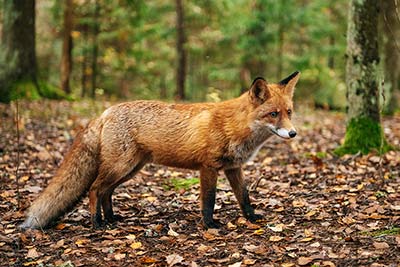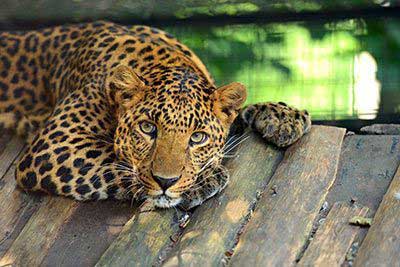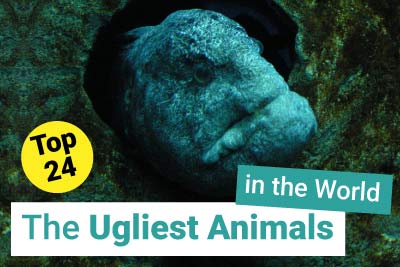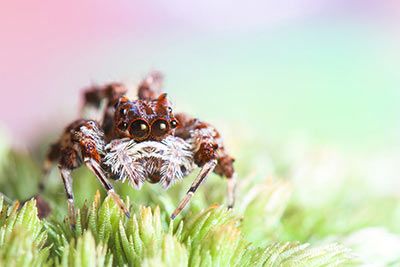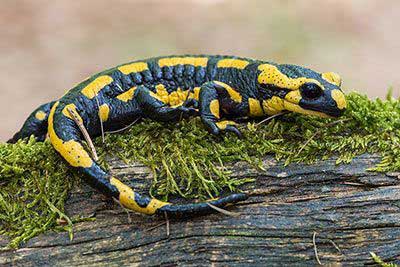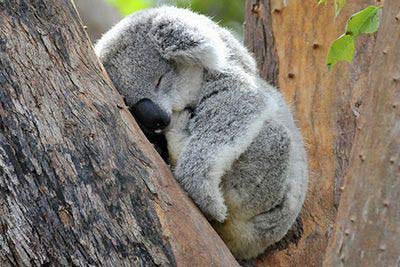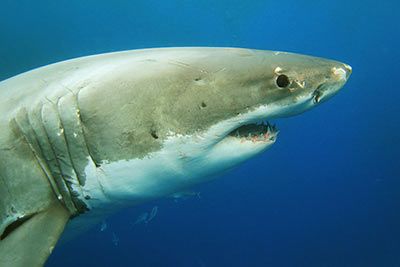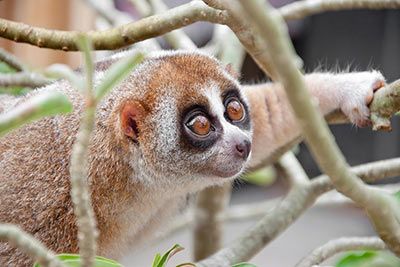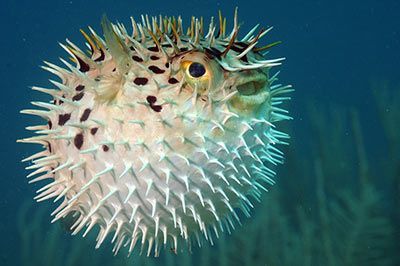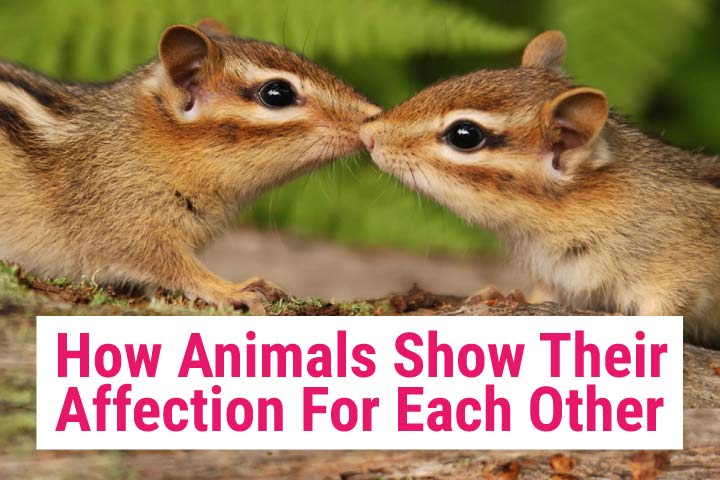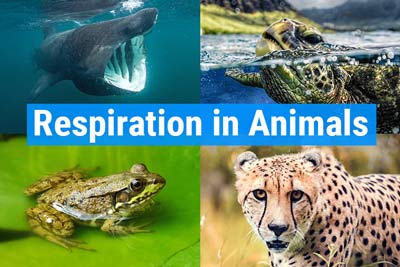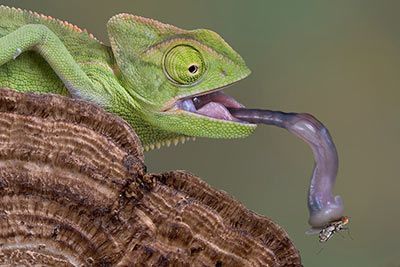The Best Zoos in Germany
Zoos are a great way of seeing animals up close and finding out more about them. Let us show you the best zoos in Germany. Lots of zoos have conservation and reintroduction projects. Find out more below!
• Zoologischer Garten in Leipzig
The highlight of this zoo in Leipzig is “Pongoland” with orangutans, gorillas and chimpanzees. It also has the most sloth bears in Europe and has a tropical world across an area as big as two soccer fields. The “AG Zoo Kids” program lets kids learn about animals and their habitats from trained zookeepers.
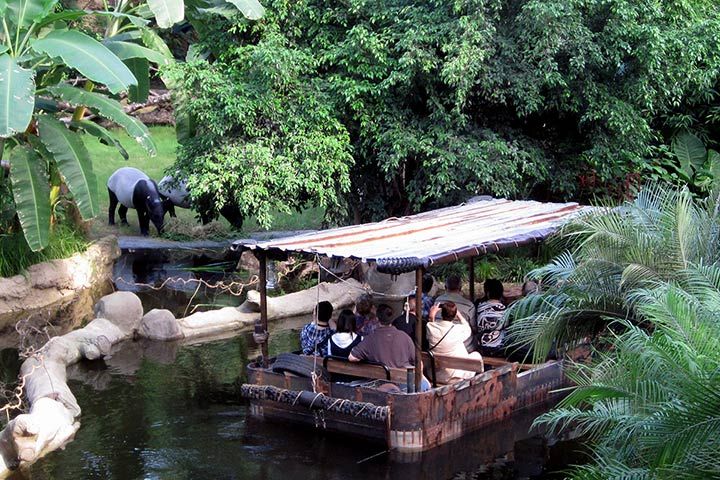
• Tiergarten Nürnberg
At 67 hectares, this zoo in Nuremberg is one of the largest landscaped zoos with plenty of old trees and lots of sandstone rockeries. So: bring sturdy sneakers! They also have a great tropical house with exotic butterflies and poison dart frogs.
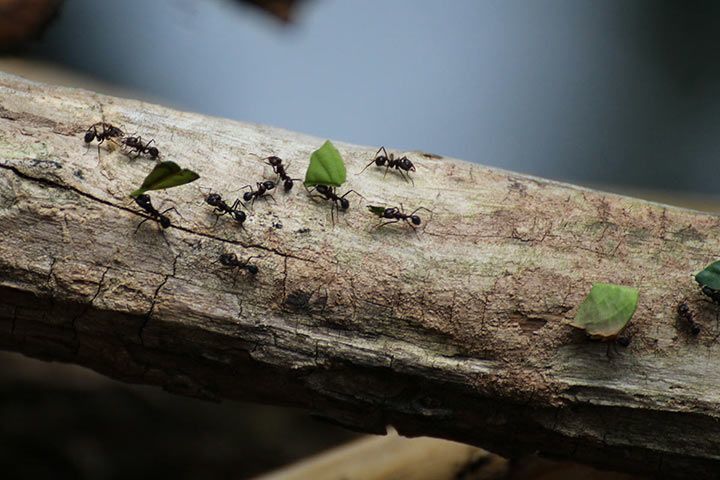
• Kölner Zoo
Cologne Zoo has a range of exotic animals from jungles and rainforests like hornbills, tree kangaroos and birds of paradise. It also boasts a Madagascar house with lemurs and a hippodrome hippos with hippos and other African animals.
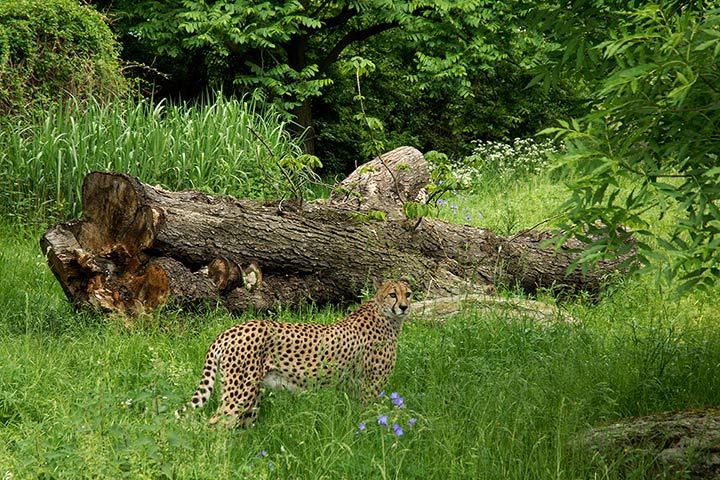
• Zoologischer Garten in Berlin
The Berlin Zoo was founded in 1844, making it the oldest zoo in Germany. It also has the most species. Over 17,600 animals of around 1,400 species call it home. Highlights are the hippo house, the nocturnal house (with aardvarks and slow lorises!) and the penguin world.
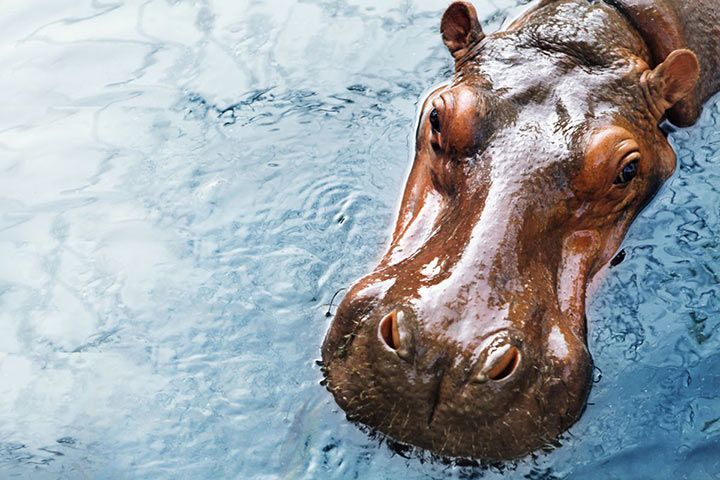
• Tierpark Hellabrunn in Munich
At the Tierpark Hellabrunn animal park, the enclosures are split up by continent. You can “travel” from Europe to Africa, Asia, Australia and America, discovering brown bears, porcupines, orangutans and meerkats.
• Tierpark Hagenbeck in Hamburg
A giant tropical aquarium at the Tierpark Hagenbeck animal park invites visitors to gaze in awe. Blacktip reef sharks, rays, seahorses, porcupinefish, ring-tailed lemurs and chameleons are just a few of their many “residents”.
Species conservation and reintroduction projects
Many zoos, animal parks and wildlife parks work towards protecting the environment, nature and animals. The zoo in Cologne, for instance, supports a variety of species protection projects. The zoo in Nuremberg works on projects reintroducing Alpine ibexes, bearded vultures and ural owls into the wild. Leipzig Zoo helps to reintroduce Eurasian eagle-owls, little owls and scimitar oryxes into their natural habitats. And these are just a few examples!
Proper Enclosures?
In a zoo, animals don’t live in their natural habitat, but in a cage or enclosure. This doesn’t always work 100% for all animals.
But we hope: if people are able to see all of this planet’s wonderful animals up close, they might think about how they can help work to protect endangered animals or get involved in the restoration of habitats that have been destroyed (like the jungle).
You can find more information about how you can help on each of the zoo websites and from organizations such as the WWF or NABU.
By the Way: Game Parks and Wildlife Parks
What is the difference between a zoo and a wildlife park? While zoos and animal parks keep exotic animals, game parks and wildlife parks tend to mostly house native species like brown bears, Arctic wolves, lynxes and moose.

